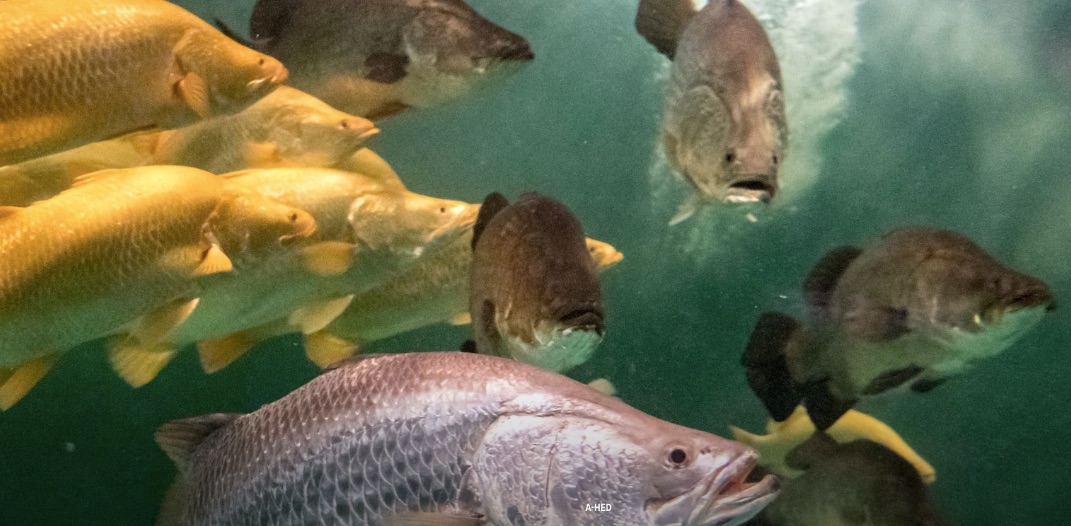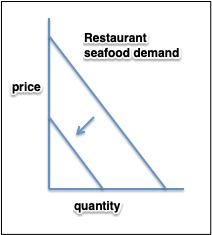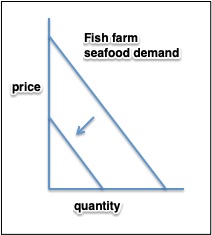Recently we looked at the life of a market pig:
When a six-month old pig reaches its 280 pound market weight, it needs to leave the farm and make room for the next batch. But many of them had nowhere to go because their next stop, the processing plant, had cutbacks caused by the coronavirus.
Fish farms have a similar problem.
Restaurant Demand
Now that coronavirus lockdowns have closed restaurants, fish farms have much less demand but their unsold fish keep growing. Knowing that a customer wants a perfect fit between the fish and the plate, a farm might sell a 1.8 pound barramundi. A larger fish not only would overlap the plate but also it requires a more robust water filtration system.
To cope with delayed and canceled demand, some farmers have flipped normal procedures. By reducing water temperatures, the fish have a slower metabolism, they eat less, and they gain less. (But energy costs rise and quality could fall.) They also are freezing or smoking the fish or just feeding them less protein.
This is a fish farmer with his barramundi:
Our Bottom Line: Derived Demand
An economist might explain the fish farmer’s plight through his dependence on derived demand. After all, the demand for the fish exists because of the seafood you and I consume when we go out to eat.
Our economic explanation starts with utility (usefulness or taste) as a determinant that shifts a demand curve. Diminishing the utility of restaurants, the coronavirus lockdowns decreased demand.
Below, reflecting almost no seafood meals at sit down restaurants, the demand curve moves to the left:
Called derived demand, less demand at eating establishments causes shrinking demand for farmed fish and a demand curve that also shifts down and to the left:
So yes, returning to our title, a fish is like a pig. We just need to look at how the coronavirus created a ripple of diminished demand.
My sources and more: WSJ had a good overview of the role of the fish farm in the restaurant supply chain. Our pig information came from econlife.
Our featured image is from WSJ.










